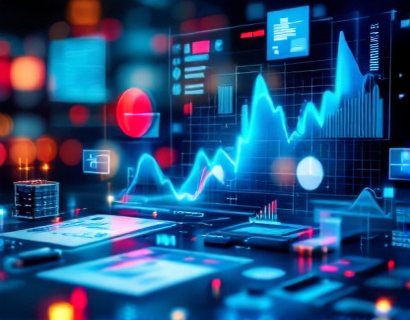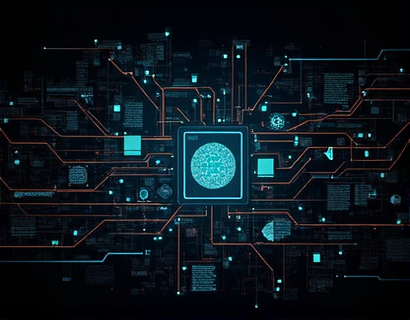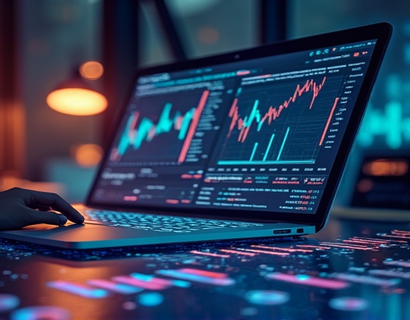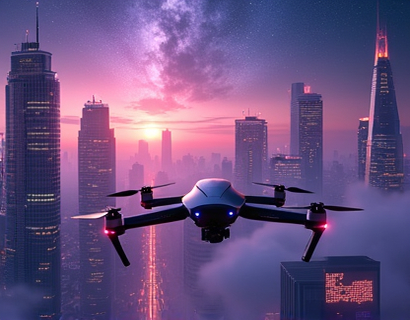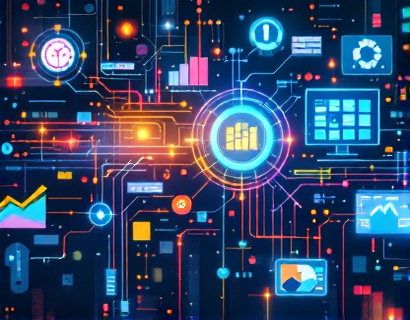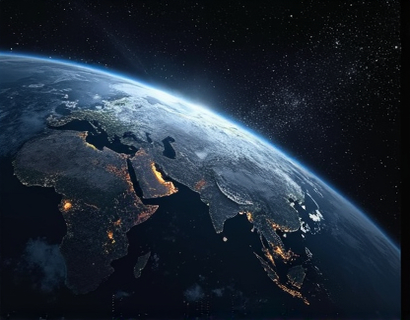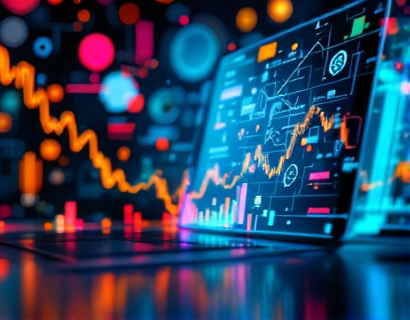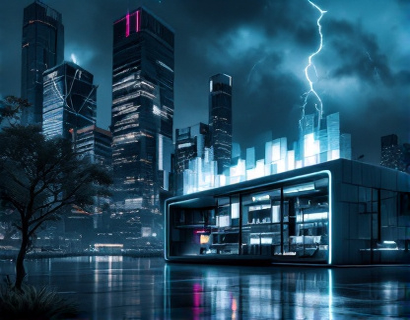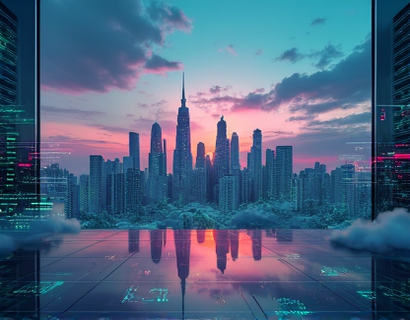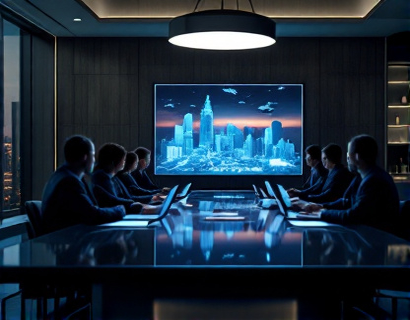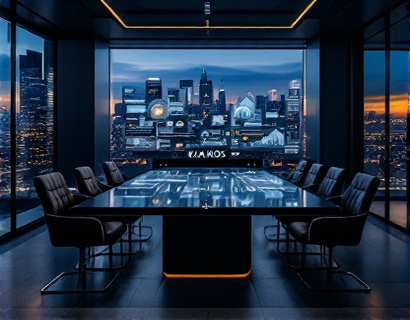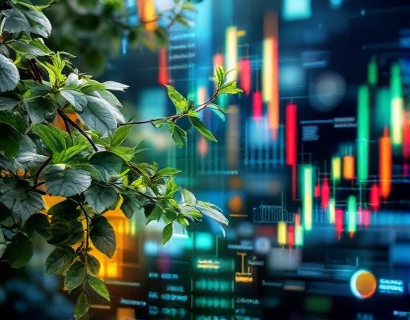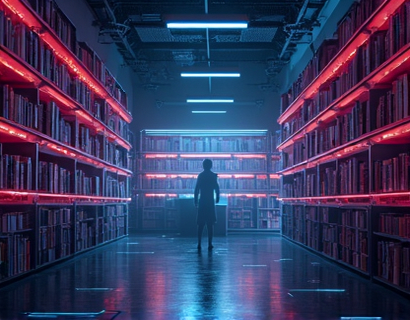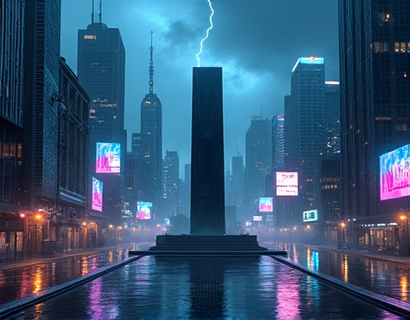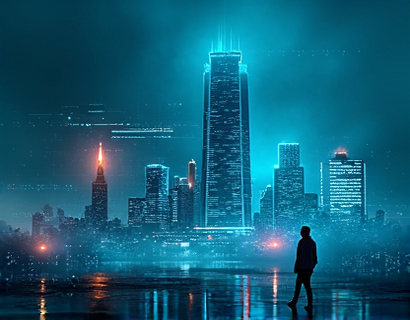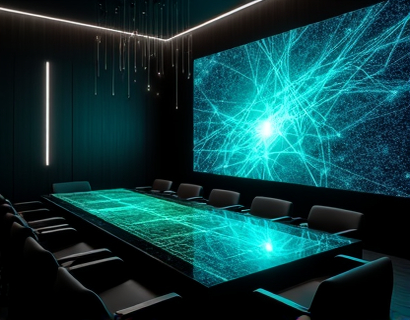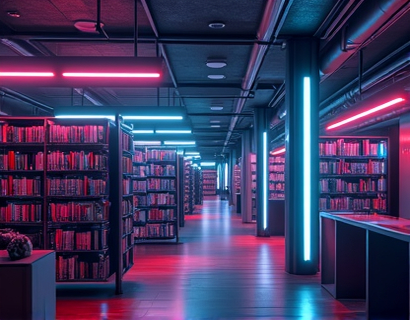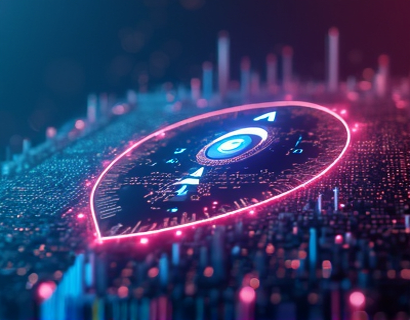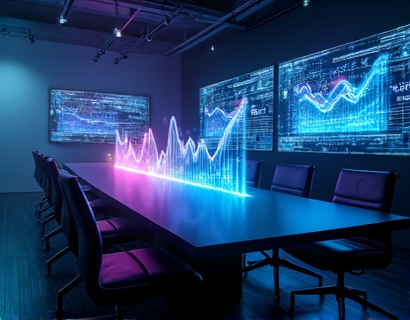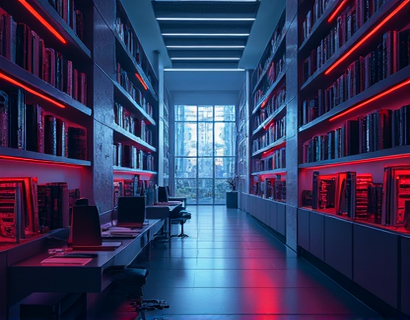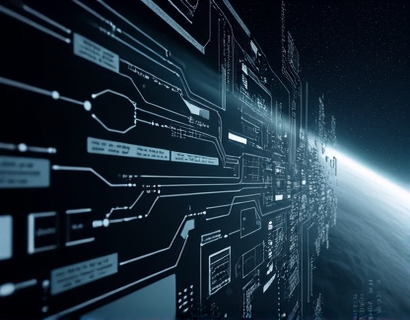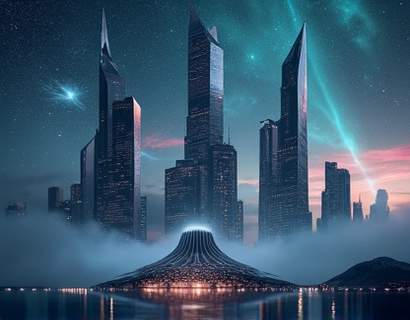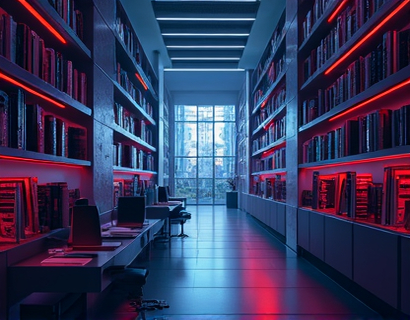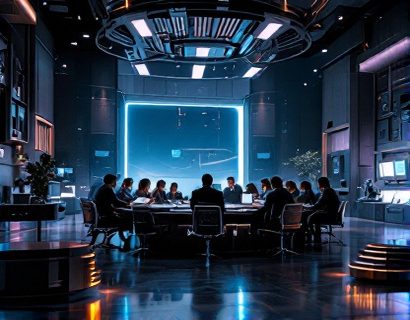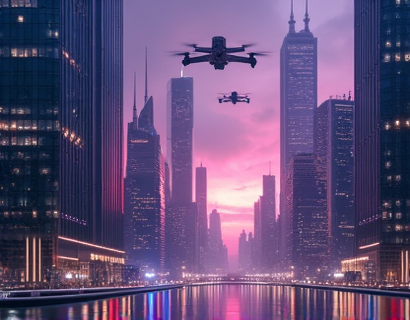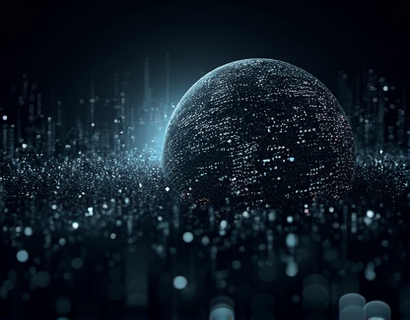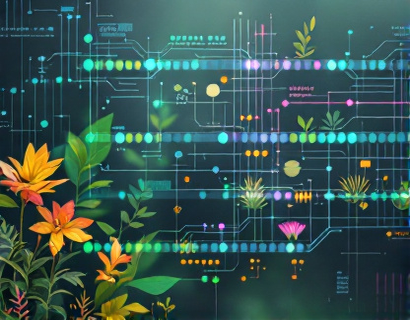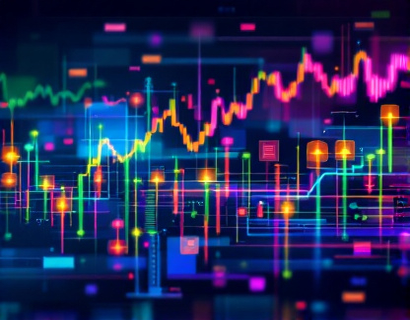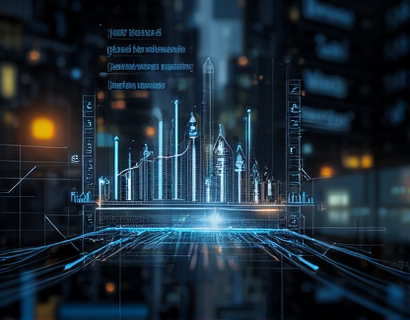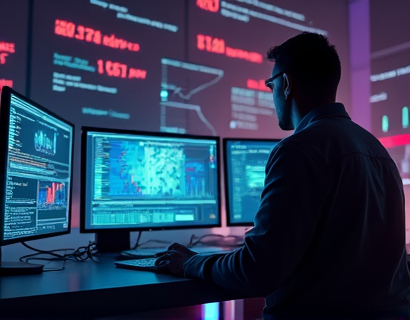Unlocking Digital Transformation: Converting Physical and Digital Assets into Enchanted Collectibles
In an era where technology and creativity converge, the concept of digital transformation has opened new avenues for individuals and communities to reimagine and repurpose their unique possessions. This article delves into the transformative journey of converting physical and digital assets into captivating digital collectibles, leveraging advanced online solutions to enhance value and allure. By joining a community of creative visionaries, one can unlock endless possibilities where artistry and technology harmonize to bring assets to life in the digital realm.
The idea of digital collectibles is not new, but the methods and platforms that facilitate this transformation are evolving rapidly. Traditional collectibles, such as trading cards, figurines, and rare coins, have found a new life in the digital space. These digital counterparts offer unique advantages, including ease of storage, accessibility, and the potential for interactive experiences. The process of converting physical and digital assets into digital collectibles involves several steps, each requiring a blend of technological expertise and creative vision.
Understanding Digital Collectibles
Digital collectibles are virtual items that hold value and appeal similar to their physical counterparts. They can range from digital art and in-game items to unique digital representations of real-world objects. The key to their allure lies in their scarcity, uniqueness, and the stories they tell. Unlike mass-produced digital content, digital collectibles are often limited in quantity, making them desirable to collectors and enthusiasts.
The rise of blockchain technology has been a game-changer in the digital collectibles space. Blockchain provides a secure and transparent way to verify ownership and provenance, ensuring that each digital collectible is authentic and rare. This technology enables the creation of non-fungible tokens (NFTs), which are unique digital certificates stored on a blockchain, representing ownership of a specific digital asset.
Transforming Physical Assets into Digital Collectibles
The process of converting physical assets into digital collectibles begins with digitization. This involves scanning or photographing the physical item to create a high-resolution digital representation. Advanced imaging techniques and 3D scanning can capture intricate details, ensuring the digital version is as lifelike as possible. Once digitized, the asset can be further enhanced through digital editing tools, allowing for adjustments in color, texture, and composition.
After digitization, the next step is to create a digital wrapper or container for the collectible. This wrapper includes metadata such as the asset's description, rarity, and any associated history or story. Metadata is crucial as it provides context and adds value to the digital collectible. The wrapper also defines the collectible's properties, such as its size, shape, and any interactive features.
Utilizing Advanced Online Platforms
Advanced online platforms play a pivotal role in this transformation process. These platforms offer a suite of tools and services designed to streamline the conversion of physical assets into digital collectibles. They provide user-friendly interfaces for uploading and editing digital assets, as well as integrating blockchain technology to secure ownership and provenance.
One of the key features of these platforms is the ability to create a digital marketplace where creators can showcase and sell their digital collectibles. These marketplaces often include features such as auction functionality, subscription models, and community forums, fostering a vibrant ecosystem of creators and collectors.
Transforming Digital Assets into Collectibles
Conversely, transforming digital assets into collectibles involves a different set of processes, though some steps overlap with the digitization of physical assets. Creating a digital collectible starts with designing the asset itself, whether it's a character, object, or environment. Digital artists use specialized software to craft detailed and visually stunning creations.
Once the digital asset is designed, it undergoes a similar metadata creation process as physical assets. This includes writing a compelling description, assigning rarity levels, and adding any relevant history or backstory. The metadata not only enhances the collectible's value but also provides a narrative that engages collectors and enthusiasts.
Blockchain and NFTs for Digital Collectibles
Blockchain technology is essential for creating secure and verifiable digital collectibles. By minting a digital asset as an NFT, creators can ensure that each collectible is unique and cannot be replicated. This uniqueness is a significant factor in the collectible's value, as scarcity drives demand.
When an NFT is created, it is recorded on a blockchain, which serves as a public ledger of all transactions. This transparency builds trust among collectors and creators, as the ownership and history of each NFT are easily verifiable. Additionally, smart contracts can be used to automate royalty payments to creators whenever their NFTs are sold or transferred, providing a sustainable income stream.
Community and Collaboration
The true power of digital collectibles lies in the communities that form around them. Online platforms and forums provide spaces for creators and collectors to connect, share ideas, and collaborate on projects. These communities foster a culture of innovation and creativity, where new concepts and technologies are constantly being explored and implemented.
Collaborative projects, such as community-driven NFT drops or joint art initiatives, can lead to unique and highly sought-after collectibles. These collaborative efforts not only enhance the value of the collectibles but also strengthen the community, creating a supportive network of like-minded individuals.
Educational Resources and Tools
For those new to the world of digital collectibles, a wealth of educational resources is available. Online tutorials, webinars, and courses cover the basics of digitization, blockchain technology, and digital asset creation. These resources help demystify the process and empower individuals to take the first steps in creating their own digital collectibles.
Additionally, various tools and software are available to assist in the creation and management of digital collectibles. From 3D modeling software to blockchain platforms, these tools are designed to be accessible to users with varying levels of technical expertise. As the field continues to evolve, we can expect even more user-friendly solutions to emerge.
Enhancing Value and Allure
The value and allure of digital collectibles are enhanced through a combination of artistic quality, technological innovation, and community engagement. A well-crafted digital collectible tells a story, evokes emotions, and offers a unique experience to its owner. The interplay between the physical and digital worlds adds a layer of depth and richness that traditional collectibles cannot match.
Moreover, the potential for interaction and engagement in the digital realm opens up new possibilities. Digital collectibles can be integrated into games, virtual reality experiences, and augmented reality applications, providing dynamic and immersive experiences for collectors. This versatility ensures that digital collectibles remain relevant and exciting, even as technology advances.
Future Trends and Innovations
Looking ahead, the future of digital collectibles is promising, with several trends and innovations on the horizon. The integration of artificial intelligence and machine learning can enhance the creation process, allowing for more sophisticated and personalized digital assets. Virtual and augmented reality technologies will continue to evolve, offering more immersive and interactive experiences for collectors.
Furthermore, the expansion of decentralized platforms and the adoption of interoperability standards will make it easier for digital collectibles to be used across different ecosystems. This interconnectedness will foster greater collaboration and innovation, driving the growth of the digital collectibles market.
In conclusion, the journey of transforming physical and digital assets into enchanted collectibles is a fascinating blend of art, technology, and community. By embracing advanced online solutions and participating in a vibrant ecosystem, individuals can unlock the full potential of their unique possessions, turning them into captivating digital treasures that resonate in the digital age.



